Landrace Strains: Unlocking Medical Potential and Conserving Heritage
Landrace cannabis strains, deeply rooted in specific regions and free from genetic manipulation, off…….
In the rapidly evolving landscape of healthcare, medical cannabis has emerged as a powerful tool with immense therapeutic potential. Among the diverse array of available strains, identifying the ‘best’ is a complex task, as individual patient needs and preferences vary greatly. This article delves into the intricate world of medical cannabis strains, exploring what constitutes the best, their global impact, economic implications, technological advancements, regulatory frameworks, and the challenges that lie ahead. By examining these aspects, we aim to provide a comprehensive guide for both healthcare professionals and patients navigating this rapidly expanding field.
The term ‘best strains of medical cannabis’ refers to those varieties or cultivars of cannabis that are specifically cultivated or selected for their superior medicinal properties. These strains offer a range of therapeutic benefits, catering to various medical conditions and patient requirements. The ‘best’ is subjective, depending on factors such as cannabinoid profile, terpene composition, cultivation methods, and individual patient needs.
Medical cannabis strains are evaluated based on their unique chemical makeup:
Cannabinoids: These are the compounds in cannabis that interact with the body’s endocannabinoid system (ECS), modulating various physiological processes. THC (Tetrahydrocannabinol) is well-known for its psychotropic effects, while CBD (Cannabidiol) has gained prominence for its potential therapeutic benefits without the intoxicating effects. Other cannabinoids like CBG (Cannabigerol) and CBN (Cannabinol) also contribute to the overall effect of the strain.
Terpenes: These are aromatic compounds that give cannabis strains their distinct scents and flavors. Terpenes have their own set of therapeutic properties and can enhance or modulate the effects of cannabinoids, creating a unique profile for each strain. Examples include myrcene, limonene, pinene, and linalool.
Cultivation Techniques: The method used to grow cannabis can significantly impact the final product’s quality and potency. Factors like genetic selection, environmental conditions (such as light, temperature, and humidity), and cultivation practices influence the cannabinoid and terpene content.
The best strains are those that offer optimal ratios of cannabinoids and terpenes tailored to address specific medical conditions. This personalized approach is revolutionizing healthcare, providing alternatives for patients seeking non-invasive treatments with minimal side effects.
The exploration of cannabis as a medicinal plant dates back centuries. Traditional cultures have long utilized various parts of the cannabis plant for their therapeutic properties. However, its legalization for medical use has been a relatively modern development. The 1970s saw increased interest in cannabis research, leading to the identification of the endocannabinoid system and the understanding of how cannabinoids interact with it. This paved the way for the recognition of medical cannabis as a legitimate treatment option.
The best strains of medical cannabis have left an indelible mark on global healthcare systems, fostering a wave of acceptance and innovation across borders.
North America: The United States has been at the forefront of medical cannabis research and legalization. As of 2023, over 40 US states have legalized medical cannabis, driving significant interest in strain development and cultivation. Canada, too, has a robust medical cannabis industry, with patients accessing diverse strains through legal channels.
Europe: Many European countries have embraced medical cannabis, with Germany leading the way in research and patient access. The UK, France, and Italy have also legalized medical cannabis, offering patients a range of treatment options.
Asia: In recent years, Asia has witnessed growing acceptance, with countries like Israel, Japan, and South Korea legalizing or expanding access to medical cannabis. This region is known for its advanced cultivation techniques and unique strain development.
Patient Demand and Education: As more patients become aware of medical cannabis, they are demanding access to a wider variety of strains with specific therapeutic benefits. This has led to increased research and education to bridge the knowledge gap between patients and healthcare providers.
Legalization and Regulatory Frameworks: Global legalization trends have opened doors for scientific exploration and commercial development. Stringent regulations ensure product quality, safety, and consistency, fostering consumer trust.
Strain Development and Genetic Engineering: Advancements in genetic testing and breeding techniques allow cultivators to create novel strains with precise cannabinoid profiles. This trend is expected to continue, offering highly targeted treatments.
The best strains of medical cannabis have become a significant economic driver, attracting substantial investments and shaping diverse industries.
Global Market Size: According to recent reports, the global medical cannabis market is projected to reach USD 73.6 billion by 2028, growing at a CAGR (Compound Annual Growth Rate) of 24.5% from 2021 to 2028. This growth is attributed to increasing legalizations and patient demand.
Regional Disparities: North America dominates the market, contributing over 35% of global revenue in 2022. However, Asia-Pacific is expected to witness the fastest growth due to emerging markets like Japan and South Korea.
Cultivation and Production: Significant investments are being made in large-scale cultivation facilities, focusing on advanced indoor growing techniques and automation. This ensures consistent product quality and year-round supply.
Pharmaceutical Integration: The pharmaceutical industry is increasingly integrating medical cannabis into traditional medication formulations, creating a hybrid market. This trend may lead to more standardized and acceptable treatment options.
Research and Development (R&D): Research into cannabinoid science and strain development is gaining momentum, attracting funding from both private investors and public institutions.
Technological breakthroughs have revolutionized the cultivation of medical cannabis strains, allowing for precise control over their composition.
Hydroponics and Aeroponics: These soil-free growing methods provide optimal nutrient delivery, resulting in faster growth rates and higher cannabinoid concentrations. Hydroponic systems are widely used for indoor cultivation, enabling year-round production.
LED Lighting Technology: Modern LED grow lights mimic natural sunlight spectrums, allowing cultivators to precisely control light intensity and duration, influencing plant metabolism and cannabinoid profiles.
Environmental Control: Advanced environmental control systems regulate temperature, humidity, and airflow, creating ideal growing conditions for specific strains. This ensures consistent quality and yield.
Genetic Testing: Advanced genetic testing techniques enable cultivators to identify specific traits within cannabis plants, ensuring consistent inheritance of desired characteristics in subsequent generations.
CRISPR Gene Editing: CRISPR technology allows for precise gene editing, enabling the creation of custom strains with tailored cannabinoid profiles. This innovation offers potential benefits for rare medical conditions.
The best strains of medical cannabis must adhere to stringent regulatory standards to ensure patient safety and product quality.
Cannabis Legalization: As of 2023, over 40 countries have legalized cannabis for medical use, each with its own set of regulations. These laws dictate cultivation, processing, distribution, and sale practices.
Quality Control and Testing: All legal markets require rigorous testing for cannabinoid and terpene profiles, ensuring product safety and consistency. Microbiological and heavy metal tests are also mandatory to detect contaminants.
Prescription Requirements: Medical cannabis is typically prescribed by specialized healthcare professionals, with specific dosage instructions and patient monitoring.
Standardization: One of the primary challenges is establishing standardized methods for cultivation, testing, and dosing to ensure consistent product quality across different markets.
Research Gaps: There is a need for more research into long-term effects, optimal dosage, and patient outcomes associated with various strains.
International Harmonization: Achieving international consistency in regulations will facilitate global trade and improve access to high-quality medical cannabis products.
Despite its growing acceptance, the best strains of medical cannabis face several challenges that must be addressed for sustainable growth and patient success.
While legalizations have reduced stigma, social and cultural perceptions still vary across regions. Educating communities about the benefits and safety of medical cannabis is essential to fostering widespread acceptance.
Patient access to quality medical cannabis products remains a concern, particularly in underserved communities. Addressing healthcare disparities and ensuring equitable access to treatment options should be a priority.
Despite growing interest, research into medical cannabis is still relatively young. More clinical trials and long-term studies are needed to fully understand its therapeutic potential and establish evidence-based guidelines for practice.
The best strains of medical cannabis represent a powerful tool in modern healthcare, offering relief and improved quality of life for patients with diverse conditions. As global acceptance continues to grow, the future looks promising for this therapeutic plant. Through technological advancements, robust research, and thoughtful regulation, medical cannabis has the potential to revolutionize healthcare globally, providing personalized, effective, and safe treatment options.
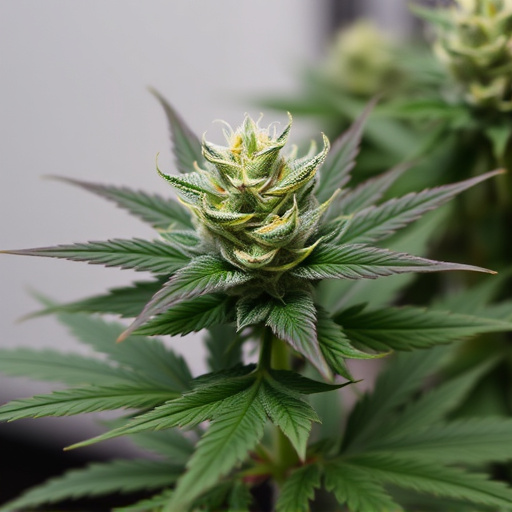
Landrace cannabis strains, deeply rooted in specific regions and free from genetic manipulation, off…….
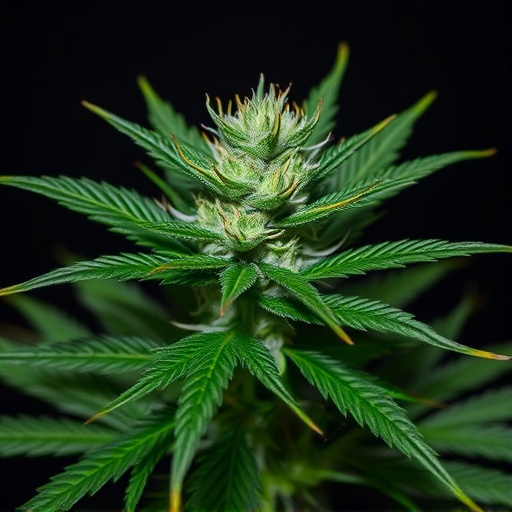
The choice between indoor and outdoor cannabis cultivation methods significantly affects product qua…….

The text explores the best strains of medical cannabis for stress relief, emphasizing high CBD and l…….
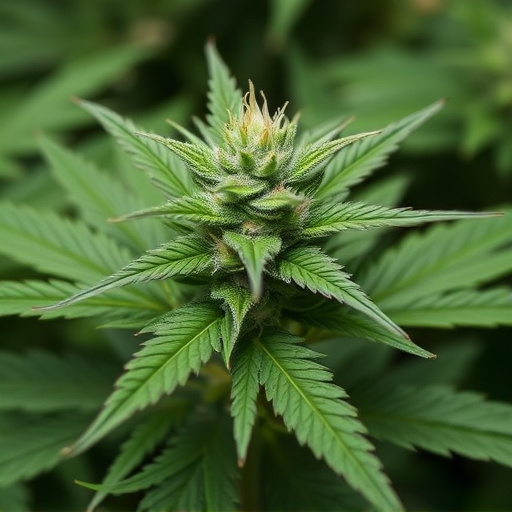
High-THC cannabis flower, popular for its medical benefits, requires responsible consumption. Starti…….
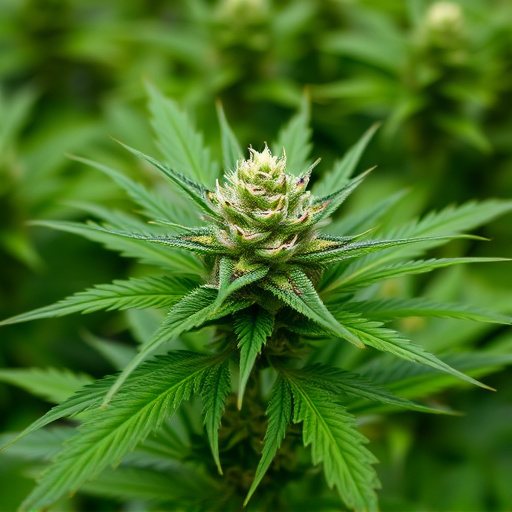
Choosing the best strains of medical cannabis depends on individual needs and preferences, as each s…….

The best strains of medical cannabis for pain utilize a combination of THC and CBD. THC interacts wi…….
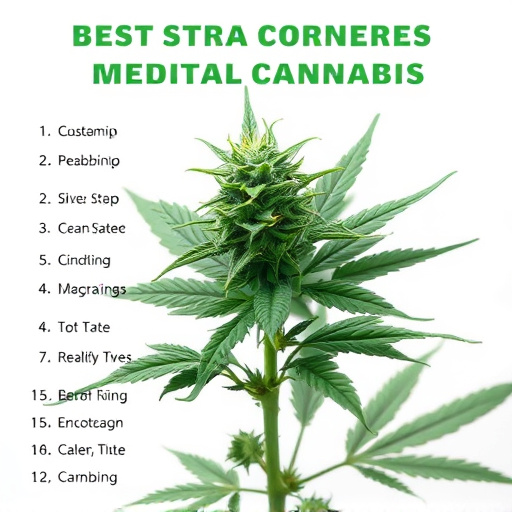
The text discusses the various chemical compounds in cannabis flowers, focusing on tetrahydrocannabi…….
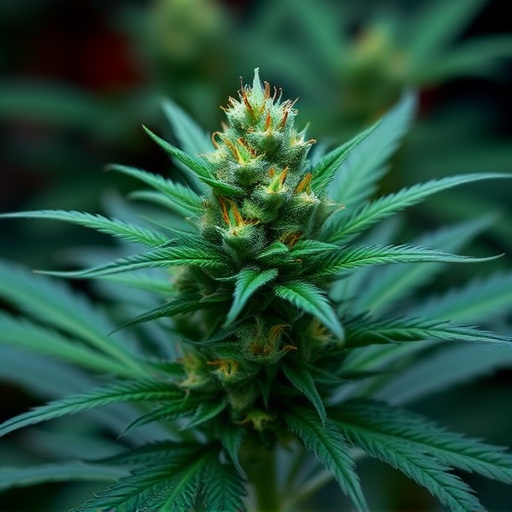
New users exploring medical cannabis should understand strain variations for optimal relief. Indica…….
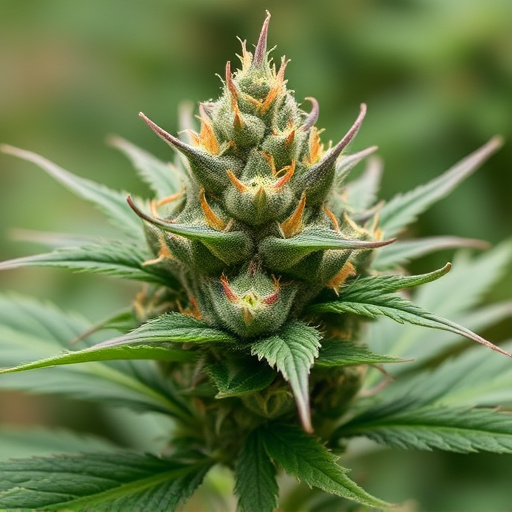
Cannabis contains THC and CBD, with varying ratios offering distinct therapeutic benefits. High-THC…….